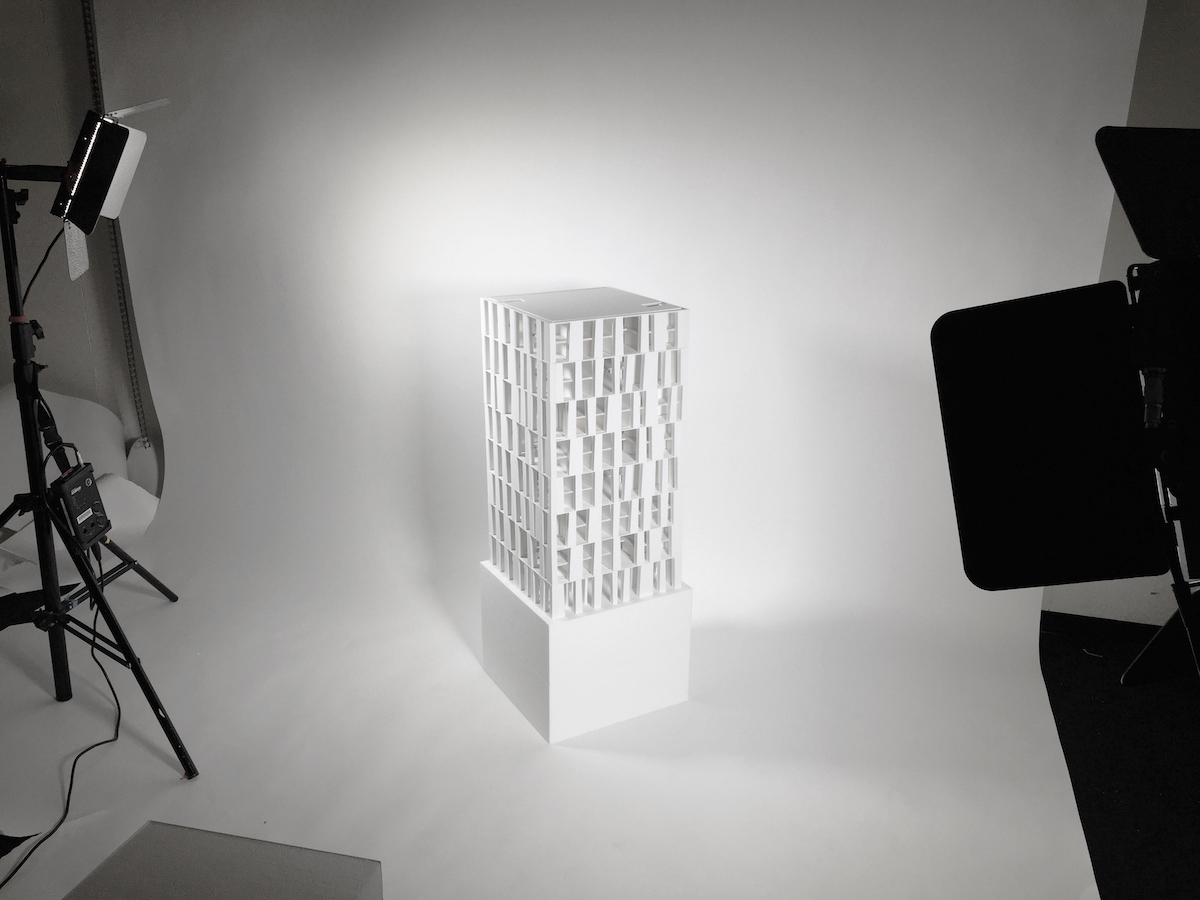The New Generic
This studio will investigate new forms of ephemerality and adaptability in spaces for living and working through the design of a tall building in Miami, Florida. Moving beyond conventional planning scenarios of mixed use developments, the studio will merge the typologies of the deep plan office building and the parking structure with scenarios of diverse working and living programs. Our research will yield a productive dialogue between the economy of the grid and the value of spatial exception in a building historically dominated by the desire to maximize floor space over the design of signature, specific space. We will reject design scenarios where everything goes in favor of singular planning concepts that work for everything. Nearly twenty-five years after Rem Koolhaas’s treatise The Generic City, our research will engage the city at the urban scale: informed by possible techniques of adaptation, equilibrium, and approximation by rejecting the binary of the generic or the specific between the exceptional and the typological.
In Cedric Price’s Fun Palace, the concept of the adaptable building as a non-formalistic, abundantly porous, and non-permanent environment without the need to confirm to any set program reached a limit. Here, Price opts for the bare minimum of an upright frame—a minimal, stackable, frame-locking unit—paired with limited components of movable screens and inflatable pod shelters. Such a building would never reach completion. Instead, it was defined by a process of endless chance and change, with inbuilt flexibility or its alternative—planned obsolescence.
Today, we face pressing challenges regarding longevity in buildings. If structures rapidly face obsolescence because of their programmatic inflexibility, how can we productively design and manage space that is in constant flux? In designing for the future, what gives a long life span to a building where various building components become obsolete over different time frames? We will question how to make an open building adaptable to different uses over time. Changing scenarios of work that emphasize innovation and collaboration have challenged the organization and space of the office plan, while the boundaries and relationships of living and working are becoming more and more porous and ephemeral. We will focus on different scales of design research: from the overall building and infrastructure systems of multi-story buildings, to notions of the longevity of the interior and furnishings in relationship to architecture.
The studio will travel together to Miami in February. Student projects will be developed with individual responses to the problem; our results will be viewed together as collective knowledge and an inventory of strategies. Participation in biweekly studio meetings, readings, and collective model production will be the basis of evaluation.
Sharon Johnston will be in residence on January 24 and 25, February 7, 8, 21, and 22, March 7, 8, 28, and 29, April 11, 12, 25, and 26, and May 3, 6, or 7 for Final Reviews. The instructor will also be available via Skype to account for “off-week” missed time.
Projects
-

The New Generic
Sharon Johnston, Instructor
Spring 2019